During a recent trip to California, I learned what student advocacy really means at John C. Fremont High School in South Los Angeles. I saw first-hand what can happen when adults in schools, families, and the community, work together with young people to create the opportunity for them to thrive.
John C. Fremont High School is in a challenging neighborhood in South L.A. with many of its students and their families facing many difficult issues in their everyday lives that influence their education and their school. Yet the educators, community partners and students with whom I met, demonstrated a powerful sense of possibility and commitment as they work together to create a community school that will enable all learners "to be productive ethical individuals empowered by quality standards-based education in order to contribute to local and global communities."
Like many community schools, Fremont operates as a partnership between school leaders and an external partner, in this case the Los Angeles Education Partnership (LAEP), a widely respected education intermediary. LAEP has a community school coordinator at Fremont who brings school staff and community partners together to solve problems. The coordinator also has personal ties to the community since his father grew up in the neighborhood.
Fremont's teachers are advocating for their students with high-level classes that provide them with the kind of rich learning experiences they need and want. There are numerous advanced placement opportunities reflecting the efforts of community organizing groups that have fought to ensure that all L.A. students have access to the type of classes that will enable them to compete for entry into California's University and state college system. A series of small career-themed learning communities -- Math, Science and Technology; Medical Environmental Science and Agriculture; Environmental and Social Justice Leadership, and Global Media Arts -- bring learning to life for students.
But Fremont work goes far beyond academics. As a community school, it has deep ties to the community and intentional relationships with numerous community partners. Special workgroups advocate for students on several key challenges: A parent engagement group seeks to engage parents more actively in the education of their children, even as it responds to parents' greatest fear -- their children's survival in terms of both safety and learning; a ninth grade success group focuses on the severely low performance of entering freshmen, with a mentor program that involves juniors and seniors as mentors to incoming students; and a breaking-the-prison-pipeline group that is working to create a space where the school, its partners and families and residents can discuss the school-to-prison crisis plaguing the neighborhood and find solutions in the school and the community to address the issue.
The health and mental health workgroup is particularly robust as it seeks to be a 'healing force' at Fremont, addressing trauma, health, citizenship and other challenging issues that students face. The school's psychiatric social worker operates hand in hand with the community school coordinator and with mental health therapists from the Weber Community Center; it is a sterling example of cooperation between school and community-based mental health professionals. The UMMA Community Clinic will shortly open a clinic that will serve students as well as neighborhood residents. And the Los Angeles Neighborhood Land Trust is opening a community garden on the campus that will be used by the Medical Environmental Science and Agriculture Magnet as well as other students and residents.
The community school coordinator also has organized the multiple College Access programs at Fremont so that all students who want to go to college can get the support and guidance they need. Previously those most likely to succeed often received help from more than one group, and others were left out.
Most striking at Fremont is that students are becoming their own best advocates. I met with five students who are leaders in Fremont's peer mediation program working with the community school coordinator to create a safe, supportive, achievement-oriented climate and culture at the school. Their efforts have contributed to the relatively low level of suspensions at Fremont, which is currently 2.6 percent. The rate is far below other high schools in South L.A. The principal has been so impressed with the students' efforts that he is asking them to not only increase the number of students who are mediators, but also to train the teachers in peer mediation so that they will understand how students are working to change the climate and the culture of the school.
Make no mistake. John C. Fremont High School is still struggling like many urban schools across the country. While 85 percent of its graduating seniors went on to post-secondary education in 2009 and 2010, the 2,600-student school still has only has a 37 percent four-year graduation rate, low proficiency levels and attendance problems.
Yet the growing number of adults in the school -- who are advocates for Fremont's students' learning and development and the fact that more and more Fremont students are becoming empowered as advocates for themselves, their peers and their school -- offers hope for their future, and those that follow behind them. This joint student advocacy -- this sense of shared responsibility -- exemplifies the best of what community schools can offer.
